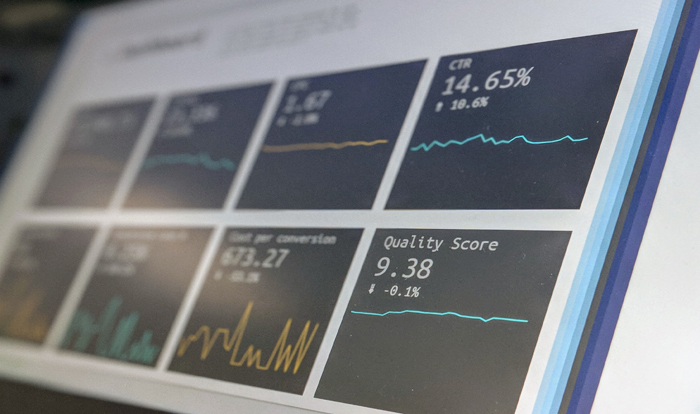“What do you want for lunch?”
It’s a question you ask all the time, and more often than not, the answer depends on convenience and stomach space. When it comes to quick and casual dining, attention spans are tiny. Decisions are made quickly, which is why it’s so important to have a strong omnichannel marketing strategy. If your offers are everywhere, hungry consumers will inevitably see them when it comes time to make these quick decisions.
That can be great for your bottom line, but being everywhere also creates a marketing attribution challenge.
If you’ve got all kinds of offers that pop up in digital wallets, in apps, in text messages, and in mailboxes, how do you assess the return on investment for each channel and each campaign? And what about different locations? Do offers in a certain city or state generate a higher ROI on a specific channel or campaign?
One giant mistake that marketers tend to make is simply attributing an increase in sales to their loyalty program. However, there’s a difference between analytics and attribution. Sure, you can measure the sales by loyalty program members vs. non-loyalty program members and likely see that your loyalty members spend significantly more money—but how do you go deeper to find out which loyalty campaign actually worked the best? Are your birthday offers scooped up the most? Are those lapsed user offers grabbing tons of attention? Are points-based programs the key to more sales?
See how quickly these questions pile up?
Marketing attribution is a very common challenge in the QSR, casual dining, and retail worlds. You do such a good job of building creative campaigns and initiatives that your brand is all over the place, both physically and digitally. In order to answer all of these questions, you need an offer management platform that can create a bi-directional integration with your POS and generate real-time redemption data. With it, you can see which offers are being redeemed, by whom, and where. Dig through those analytics and you’ll be able to attribute success to specific campaigns and channels. That means you’ll be able to give your boss a firm answer when she asks about the ROI of your latest campaign.
Giant brands have used this solution to solve their marketing attribution problems. For example, Great Clips couldn’t track redemption until we started working with them. By switching to 1:1 print and digital coupons with real-time redemption data, Great Clips’ marketing team could analyze the data, optimize accordingly, and start sending out micro-targeted offers. As a result, they were able to create triple-digit ROI on their digital campaigns.
Chipotle also wanted to leverage the power of measuring revenue and campaign performance in real-time. In fact, in their first 3 months on the Sparkfly platform, Chipotle’s marketing team was able to track more than 10 million rewards. What could YOU learn from 10 million redemptions?
As part of its value, real-time redemption data also gives you all kinds of implicit data—which is behavioral data that can be inferred instead of directly stated by the consumer. For example, John Doe had to give you his name and his email address to join your loyalty program, but when you see which offers he redeems, you’ll learn which products and services John Doe likes best and how he prefers to make purchases. You’ll glean valuable insights from his buying habits, device habits, and brand habits so that you can create personalized offers that are specifically suited to John Doe’s tastes.
Why is that so important?
Two-thirds of consumers would rather buy from brands that know their purchase history, and 72% of consumers only engage with marketing messages that are customized to their interests. With real-time redemption data, you can see which campaigns and channels are performing best, then use the inferred data to come up with hyper-personalized offers that can give those high-performers an even bigger boost.
Remember, your goal is to simply drive another visit from each customer. If you understand which types of offers are most likely to do that, you’ve knocked one giant hurdle out of the way.

